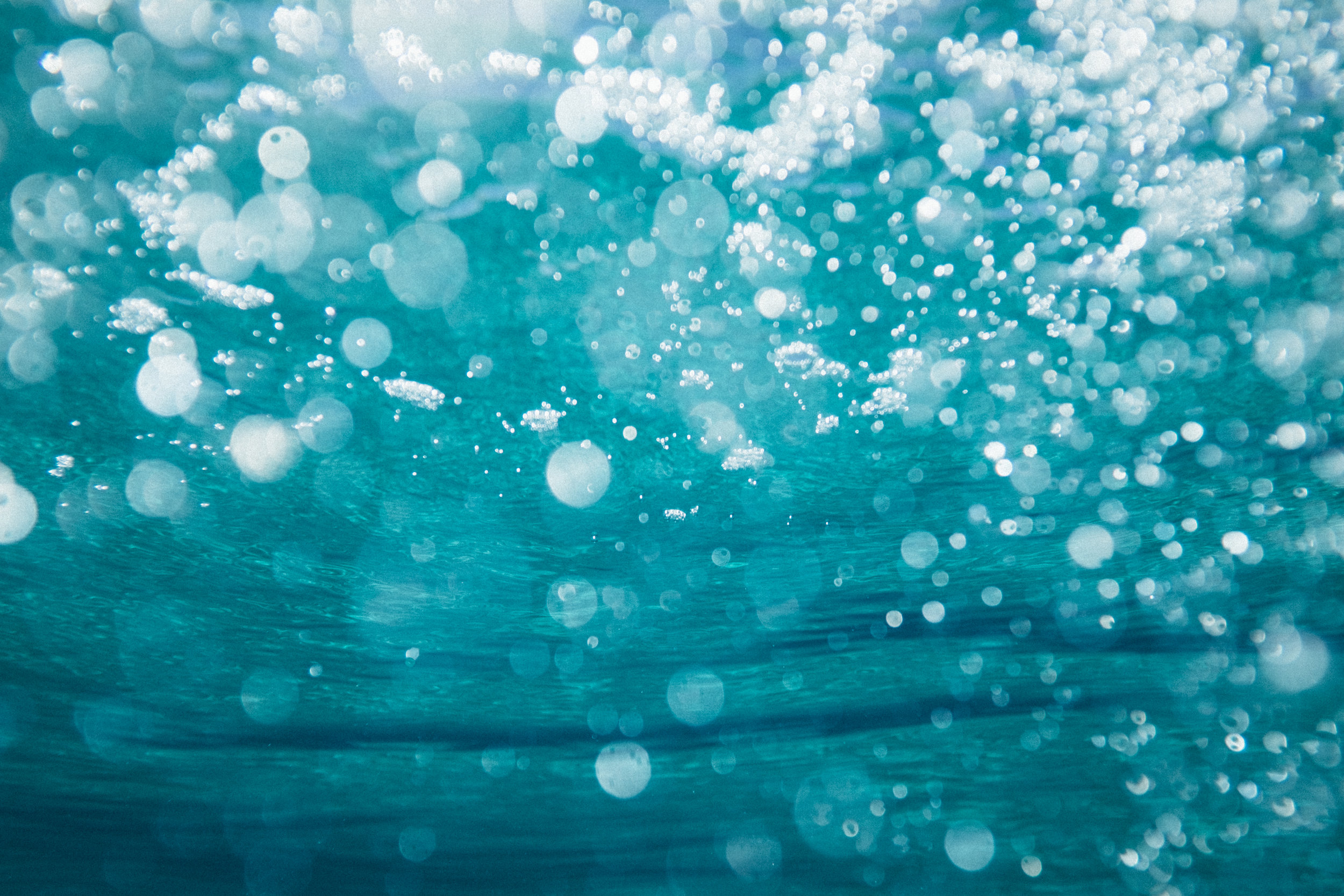sake ingredients
Sake is a simple beverage made of 4 or 5 basic ingredients: rice, water, koji, yeast and sometimes distilled alcohol.
Rice
Sake is brewed from specially cultivated rice that differs from the regular rice we eat. It is grown in several varieties across different regions, including outside of Japan, and each variety possesses a unique set of characteristics that influences the final product. Sake rice (or Sakamai) is larger in size and suited for brewing because it:
- Absorbs more water
- Contains a starch-rich centre (known as Shinpaku)
- Contains less protein and fat than regular table rice
- Has a tougher exterior suitable for polishing
Water
Sake is roughly 80% water and like other libations its purity is paramount to achieving a good quality product. In the case of sake this is especially so, as it is used extensively throughout the brewing process: in washing, steeping and steaming the rice; added during fermentation and finally for dilution.
Coming mostly from deep water wells, brewers will look for a low mineral content and just the right composition that helps stimulate the yeast to work its magic during fermentation.
Koji
Rice, being a starchy cereal grain, needs something to break up that starch into fermentable sugars before it can be converted into alcohol. Unlike beer, where the grain is malted, a starch-digesting mould is grown on around one quarter of the total polished sake rice, by carefully sprinkling spores of the mould over steamed, cooled rice and carefully controlling the temperature thereafter. The resulting mouldy rice is called koji.
Taking place over two days, the art of manually developing the koji is one of the most delicate, intensive and captivating stages of the entire sake-making process. Some brewery workers are not allowed to touch the koji for many years, until they are deemed skillful enough by the Toji (head brewer)
Koji is also a key ingredient in other popular Japanese foods such as Mirin, Miso and Soy sauce!
Yeast
The final ingredient required to convert sugar into alcohol is yeast. Sake fermentation requires special yeast strains that can handle it’s unique conditions, including low temperatures and high alcohol levels (20% abv or higher). The spectrum of these strains is broad and contributes to the vast array of sake flavours available. The experience and creativity of a brewery’s choice of yeast has a significant influence over the aroma and acidity of the final product.
Alcohol (sometimes)
There are a few reasons why brewers chose to add additional alcohol to sake - increase the yield, lengthen the shelf-life or balance out the flavour.
Producers of mass-market sake (around 80% of all sake globally) tend to bulk out their production volumes with this ingredient but within the premium ‘Special Designation’ grades the amounts are strictly limited to no more than 10% of the final batch. Sake using highly polished rice can often be quite aromatic and fruity, small amounts of alcohol can help soften these characteristics to achieve a more balanced taste.
Sake produced without the addition of brewers alcohol is labelled Junmai, translated in English as ‘pure rice’. Sake that includes added alcohol is referred to as non-Junmai or aruten.







